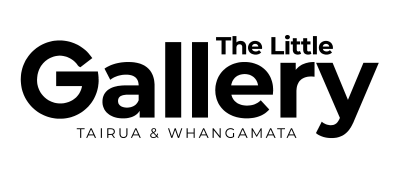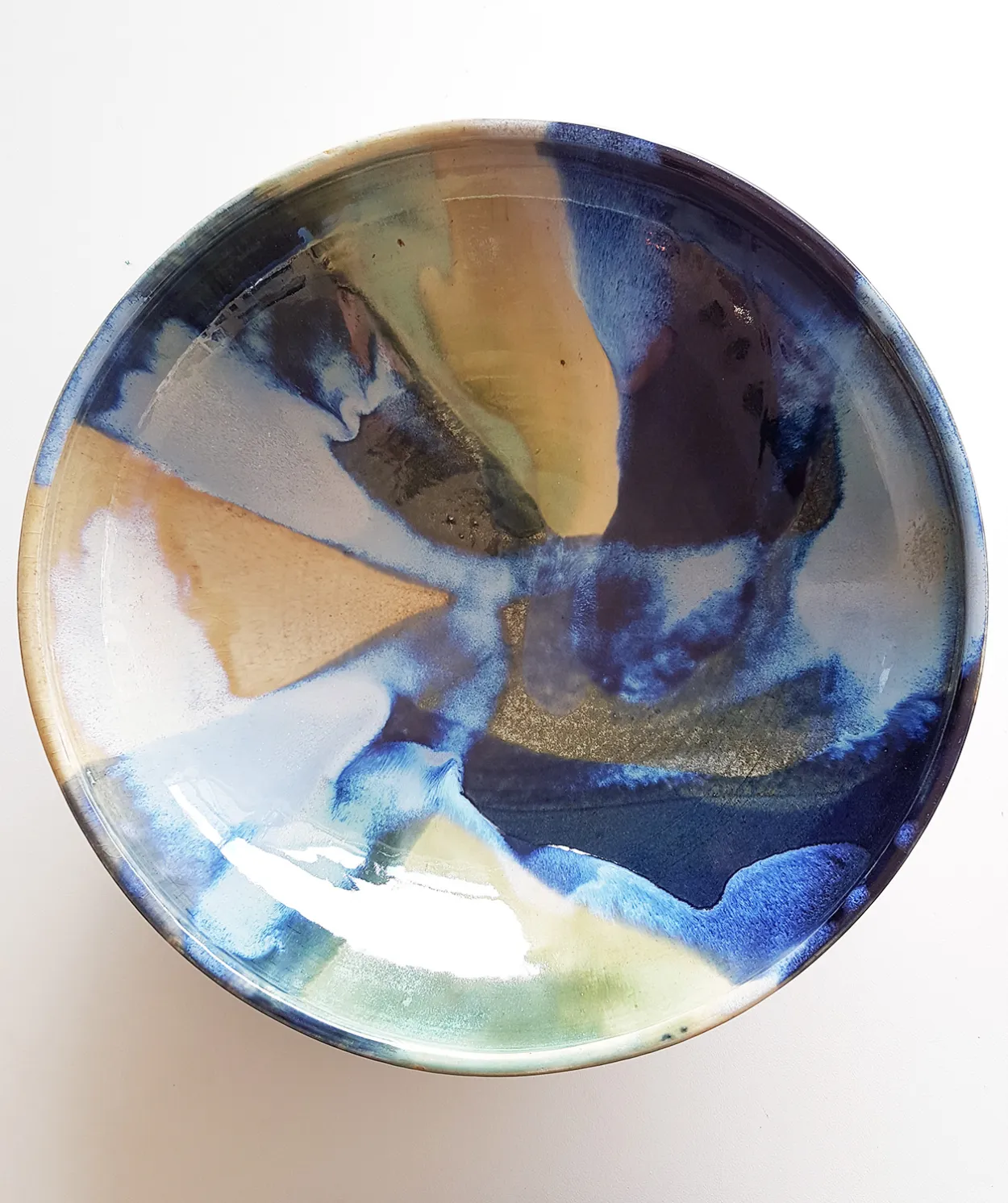Neil Hey
To see Neil's work we currently have at The Little Gallery please click here.
Form and craft are the elements that unite in the design and construction of buildings of elegance and excellence. Architecture has been my passion throughout my professional career. But in Architecture there are many physical restraints and compromises.
In my passion for pottery I find greater fulfilment through the freedom to develop clean uninhibited forms, revelling in the challenge to develop tensile properties from the inherently compressive characteristics of the Clay. But the greater challenge is not the mastery of the craft of throwing matched to a purity of design; it is in the firing process itself, that transforms the humble clay earth to vitrified ceramic that may last for thousands of years. In the firing process I delight in pursuing the elusiveness of copper in the glaze, using it in combination with tin, zinc and other elements to enhance and emphasize the clarity of the forms, as shown in the red-purple-blue colours in my vitrified stoneware bowls. The excitement and immediacy of raku firing also fascinates me. Again I use the strong visual presence of copper, this time reduced to its raw form.
I have been involved with Pottery since 1991. My work is in private collections in Australia, USA, Japan, UK and Europe. I have exhibited in Exhibitions in NZ, Australia, and California, received merit awards for my work and had work selected by Canterbury Museum for their archival collection. My work is sold in galleries throughout NZ. including , Ora Gallery Wellington, Selwyn Gallery Darfield, Rose Cottage Gallery Akaroa. I was a member of an 8 person pottery co-operative in the Arts Centre of Christchurch and in partnership with my artist wife Lindsay in our own gallery near the Christchurch Casino in Victoria Street. Both these central Christchurch premises were fatally damaged in the Christchurch earthquakes. I moved to Auckland at the end of 2014 and joined Auckland Studio Potters. My work has been selected for ASP 2015 and 2016 Fire and Clay exhibitions and Hibiscus and Bays Art Awards for 2015 and 2016.
I was the Canterbury and West Coast council member for NZ Potters for 4 years and then served 3 years as President. I am a life member of Mt Pleasant Pottery Group, having served 4 years as President, 5 years as Treasurer and many additional years on the committee.
My stoneware work is principally gas fired to 1300o and is dishwasher oven and microwave safe. In this work I use highly coloured and decorative glazes to produce work that is both functional and decorative. These effects are often achieved by using multiple glazes which when overlapped produce a myriad of exciting colour effects. Some work is salt glazed making use of the distinctive effect produced by the action of salt on the clay surface.
This high fired stoneware is a superior product to commercial domestic slipware.
I enjoy the immediacy of raku firing and especially the lustre effects achieved using copper rich glazes. These metallic finishes will retain their lustre best in a dry environment and while they may dull over time they can be polished, either with steel wool and household cleaner or brasso. While the body is relatively fragile polishing can be relatively robust as long as the work is adequately supported with your other hand. After such cleaning, allow the work to dry thoroughly before placing on surfaces that may be affected by moisture. Like all raku fired work, the body remains porous and the works will absorb but not hold water. Raku Pottery is low fired and relatively fragile. Often some of the body is unglazed or has crazed glazes for visual effect. It should not be used for food nor subjected to the oven microwave or dishwasher.
My pit fired work features many subtle colours and patterns from the firing process. Carbonised wood, soluble chemicals and vegetable matter in the firing produce the colours which are permeated into the clay body. I use a beeswax and kerosene polish to enhance the colours and provide a surface sheen. Additional polishing can be undertaken to enhance the sheen every 2 or 3 years and most furniture polishes are suitable.

